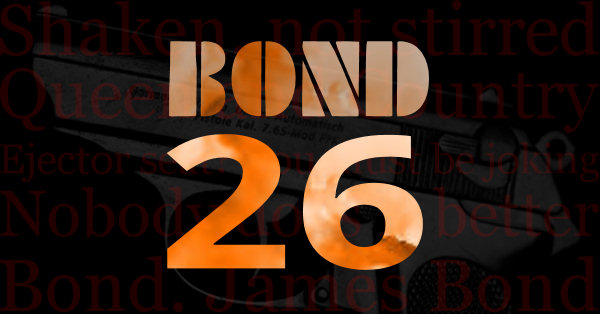In this article we celebrate the life of Ken Adam, the man who was responsible for creating the distinctive look of the early Bond films in his role as Production Designer.

Ken Adam’s contribution to the Bond movies has become the stuff of legends. Who can forget the sprawling lair of Dr No or the super tanker in The Spy Who Loved Me? Across the span of three decades, Ken Adam was the inspiring design force behind many of the Bond movies. His efforts in other movies, such as the famous war room in Dr Stranglelove played a huge role in improving the global awareness and respect for production designers.
Klaus Hugo Adam was born in Germany on 5th of February 1921. His parents were Jewish and owned a fashion retail shop which was fairly successful at the time. Alongside a summer house on the Baltic, his family was also able to afford to send Adams to a Franzosisches Gymnasium for his education.
During the early ’30s, the fortune of his family took a turn for the worse when they were forced into bankruptcy by the actions of the Nazi-backed Brown shirts. At the age of 13, with his father’s shop burned and no other source of income, he and his family moved to England. He continued his education there, first attending St. Paul’s School before going on to the University College London.
At the commencement of the Second World War, he was assigned the task of designing bomb shelters. Despite his status as a German, he avoided being interned and joined the Royal Pioneer Corps. He would later go onto become a pilot in the Royal Auxiliary Air Force—one of only two Germans who were willing and allowed to fly with the RAF during the war. After the war ended, he returned to the movie scene where he worked on designing sets. His increased skill led to him being hired as designer for the movie Dr No.

Despite working with a limited budget on the movie (he was reportedly given only £14,000 to design the interior sets for every scene in the movie), his attention to detail and ability to work around obstacles ensured that final results were still impressive. However, even with his contribution, many people were still skeptical about the movie’s potential as success. When asked what his view about the first bond movie at the time was, he replied, “Nobody could foresee the success of Dr No. What happened was like magic, almost.”
Following the success of Dr No, he went on to serve as production designer in a number of other Bond movies; Goldfinger, Thunderball, You Only Live Twice, Diamonds are Forever and The Spy Who Love Me. He retired from working on Bond movies in 1979 after the movie Moonraker.
During his period as production designer, he was known for designing sets that brought theatrical realism to a scene despite the obvious exaggeration of their practicality. He worked alongside the director in searching for locations for filming. He also was responsible for the introduction of several notable Bond ideas such as the use of Little Nellie in the movie, You Only Live Twice.
Outside the bond franchise, Ken Adam’s contribution has included credited (and uncredited) work on movies such as Ben Hur, Around the World in 80 Days, Jacques, Chitty Chitty Bang Bang and The Madness of King George.
During his career he was nominated for over a dozen different awards. He won two different British Film Academy Awards for his art direction in the movies Dr Strangelove (1964) and The Ipcress File (1965). He also won two Academy awards. For Best Art Direction in the movies Barry Lyndon (1975) and The Madness of King George (1994). In 2002, he was presented with a Lifetime Achievement Award by the Art Directors Guild. In 2003, he was awarded the Knight Bachelor and knighted by Queen Elizabeth II in recognition for his contribution the film industry.
If you would like to learn more about the life and work of Ken Adam you may be interested in the following books, available from Amazon:
Ken Adam Designs the Movies: James Bond and Beyond
by Ken Adam and Christopher Frayling
Available from [Amazon UK] and [Amazon US]
Ken Adam and the Art of Production Design
by Christopher Frayling
Available from [Amazon UK] and [Amazon US]
This article was originally published on 12th March 2012 and has been updated from its original form.











Leave a Reply.